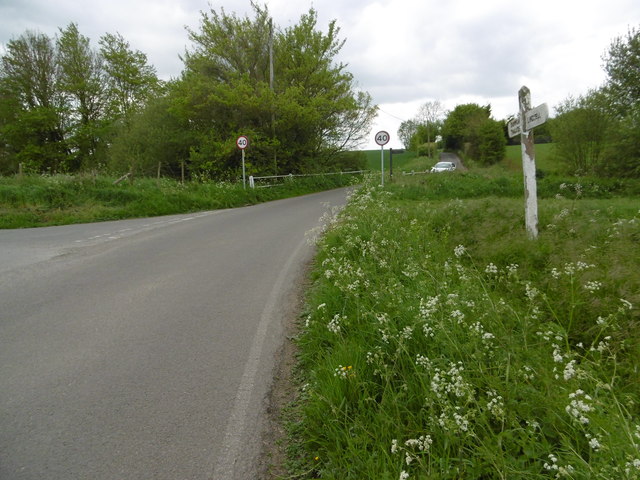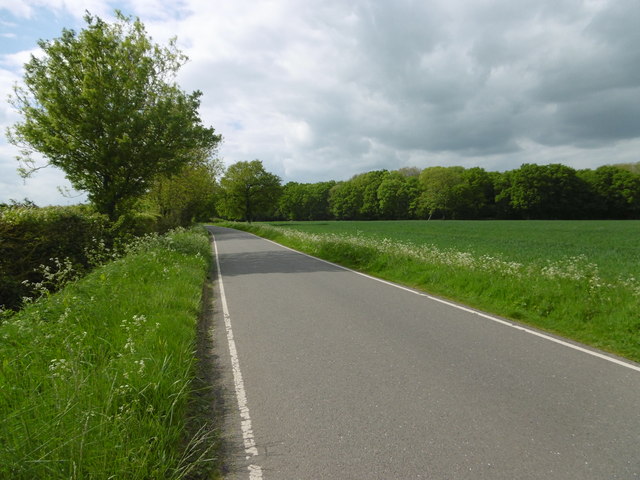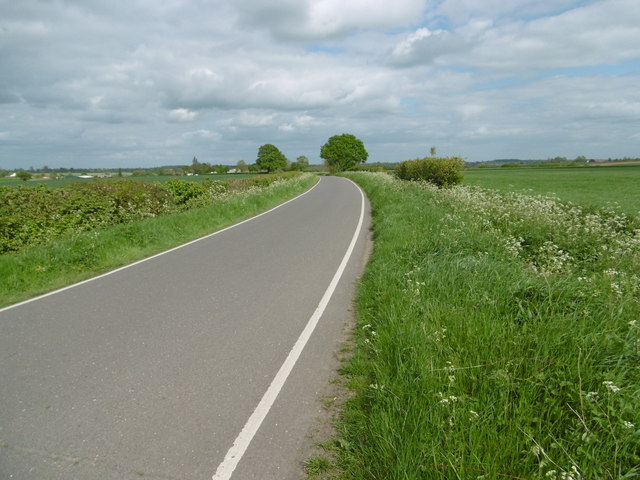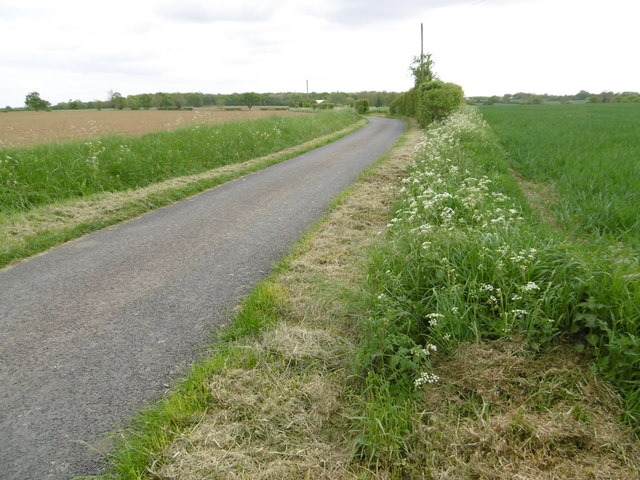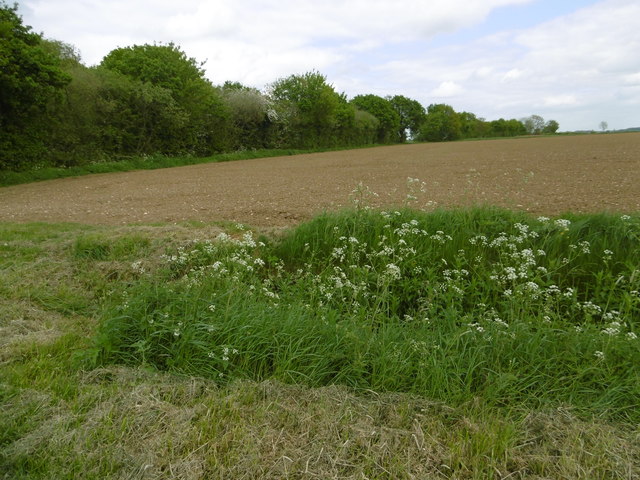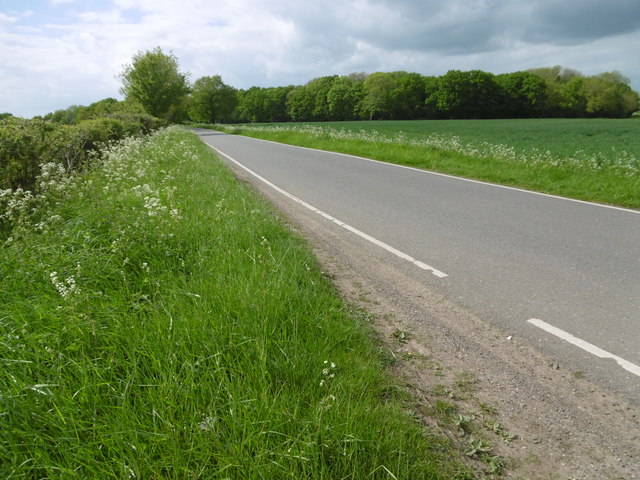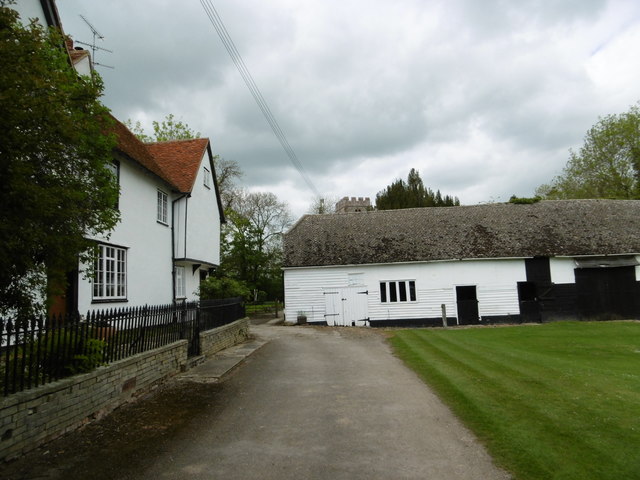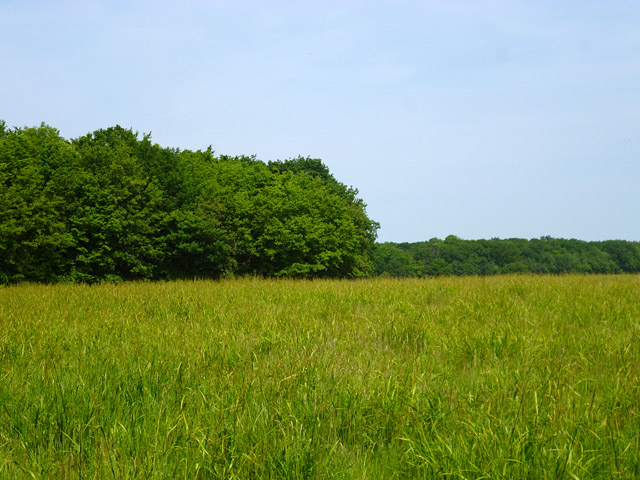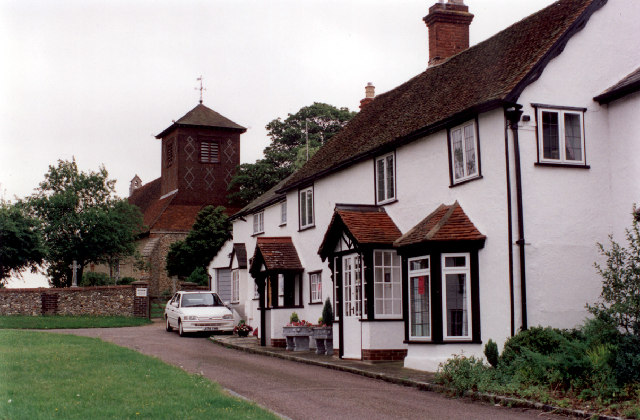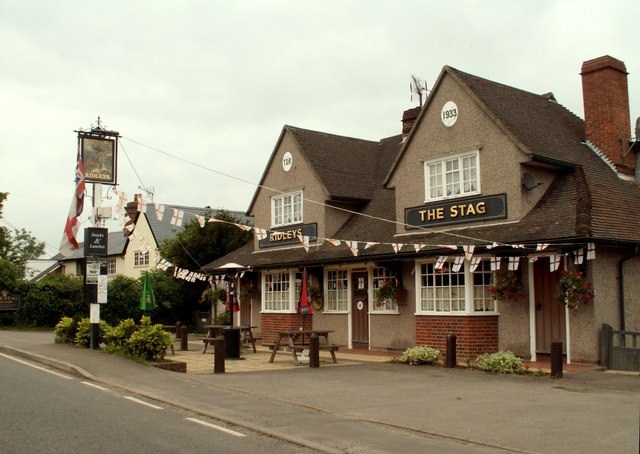Dow Wood
Wood, Forest in Essex Uttlesford
England
Dow Wood
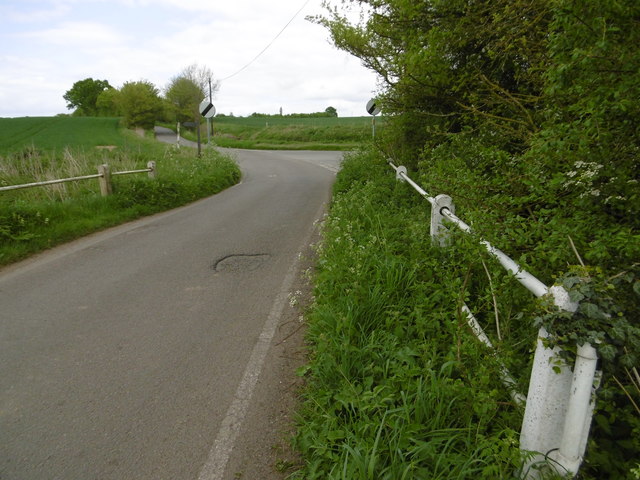
Dow Wood is a picturesque forest located in Essex, England. Covering an area of approximately 100 acres, this woodland is a popular destination for nature lovers and outdoor enthusiasts. The forest is situated near the village of Dow, hence its name.
Dow Wood is characterized by its diverse array of tree species, including oak, beech, birch, and hornbeam. The dense canopy of these trees creates a tranquil and shaded environment, perfect for a leisurely stroll or a peaceful picnic. The forest floor is adorned with a rich carpet of wildflowers, adding a splash of color to the surroundings.
The woodland is home to a variety of wildlife, making it a haven for nature enthusiasts. Visitors may catch a glimpse of deer, foxes, badgers, and a wide range of bird species, including woodpeckers and owls. The forest also boasts a small pond, attracting an assortment of amphibians and insects.
Dow Wood offers several walking trails, allowing visitors to explore its beauty at their own pace. These well-maintained paths wind through the forest, providing opportunities to observe the flora and fauna up close. The forest is also equipped with picnic areas and benches, providing visitors with a chance to relax and enjoy the serene surroundings.
Dow Wood is easily accessible, with ample parking available nearby. It is open to the public throughout the year and offers a wonderful escape from the hustle and bustle of daily life. Whether it is for a peaceful walk, birdwatching, or simply to immerse oneself in nature, Dow Wood is a must-visit destination for anyone seeking solace in the beauty of Essex's woodlands.
If you have any feedback on the listing, please let us know in the comments section below.
Dow Wood Images
Images are sourced within 2km of 51.910385/0.37236999 or Grid Reference TL6326. Thanks to Geograph Open Source API. All images are credited.
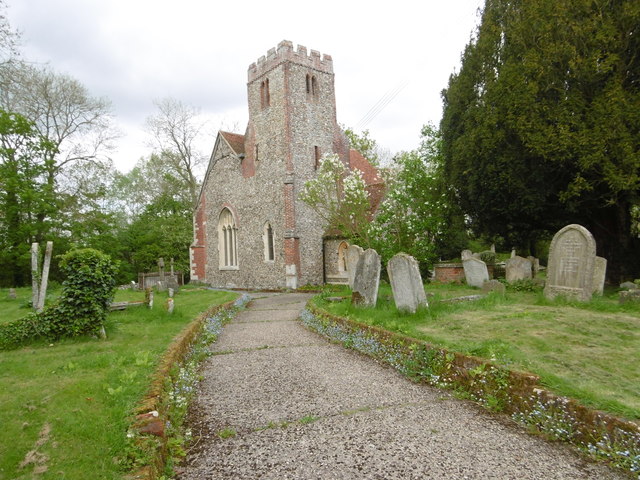
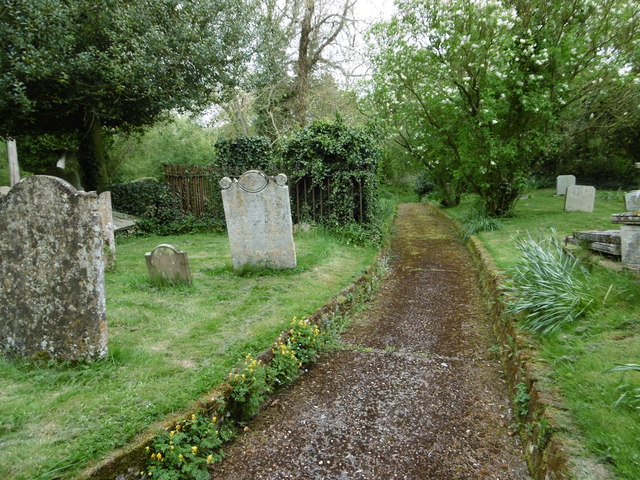
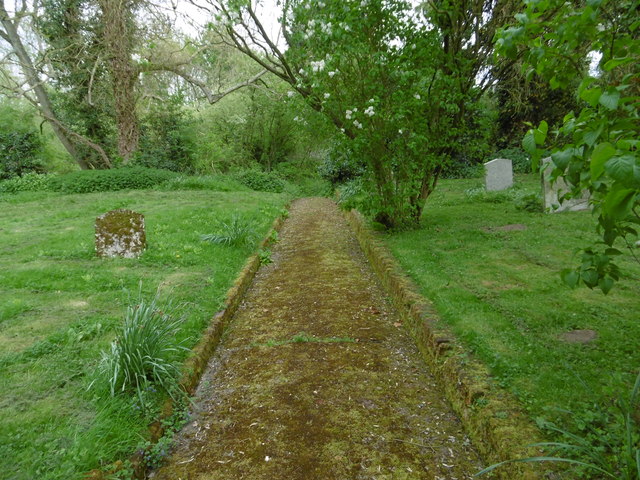
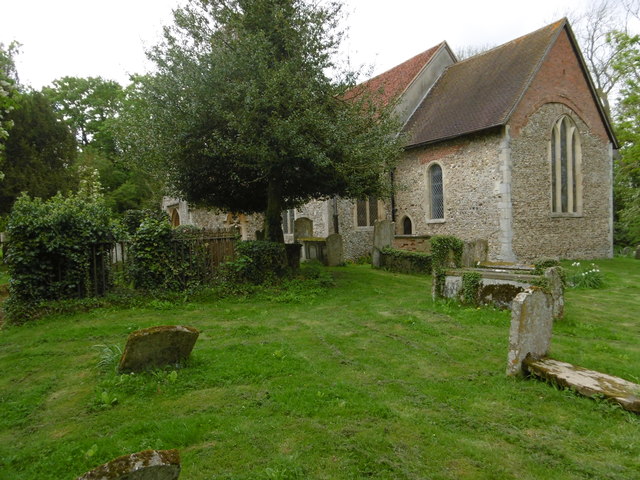
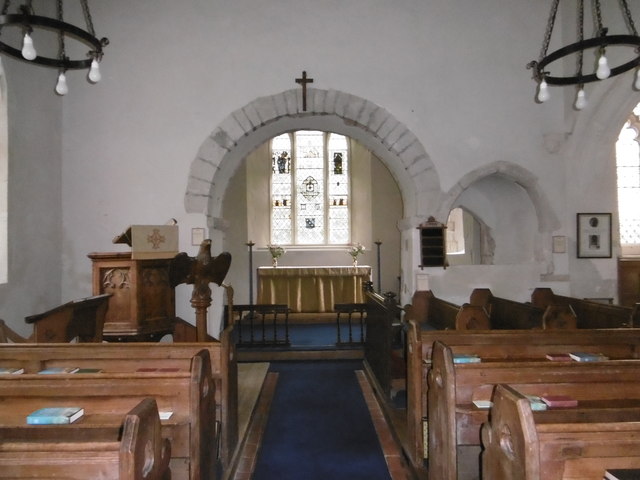


Dow Wood is located at Grid Ref: TL6326 (Lat: 51.910385, Lng: 0.37236999)
Administrative County: Essex
District: Uttlesford
Police Authority: Essex
What 3 Words
///nearing.shortens.melons. Near Great Dunmow, Essex
Nearby Locations
Related Wikis
Lindsell
Lindsell is a village and civil parish in the district of Uttlesford in the county of Essex, England. Nearby settlements include the parish hamlets of...
Holder's Green
Holder's Green is a hamlet near the village of Lindsell, in the Uttlesford district of Essex, England. The hamlet is the site of the Essex Wildlife Trust...
Bran End
Bran End is a village in Essex, England. == External links == Media related to Bran End at Wikimedia Commons
Bustard Green
Bustard Green is a hamlet in the civil parish of Lindsell, and the Uttlesford district of Essex, England, and is just under 1 mile (2 km) north from the...
Richmond's Green
Richmond's Green or Richmonds Green is a hamlet in the civil parish of Thaxted, and the Uttlesford district of Essex, England. It is 1.5 miles (2 km) miles...
Great Easton, Essex
Great Easton is a village and civil parish in the Uttlesford district in Essex, England.Great Easton village is about 2 miles (3.2 km) north of Great Dunmow...
Stebbing
Stebbing is a small village in the Uttlesford district of northern Essex, England. The village is situated north of the ancient Roman road Stane Street...
Little Easton
Little Easton is a village and civil parish in Essex, England. The village is situated approximately 7 miles (11 km) east from the town of Bishop's Stortford...
Have you been to Dow Wood?
Leave your review of Dow Wood below (or comments, questions and feedback).
